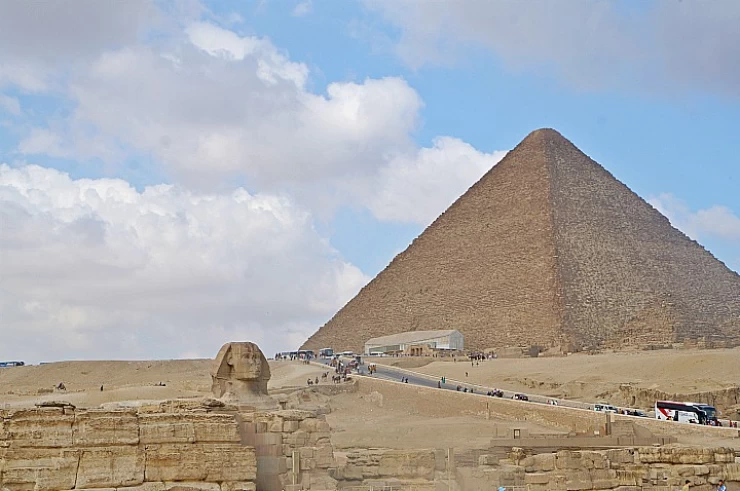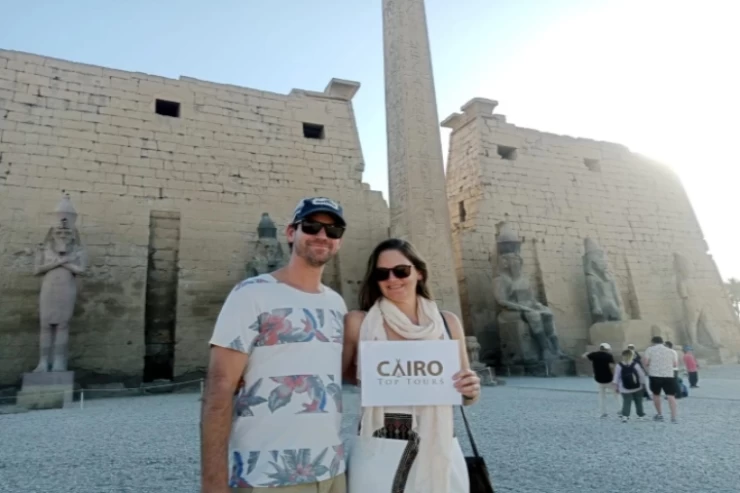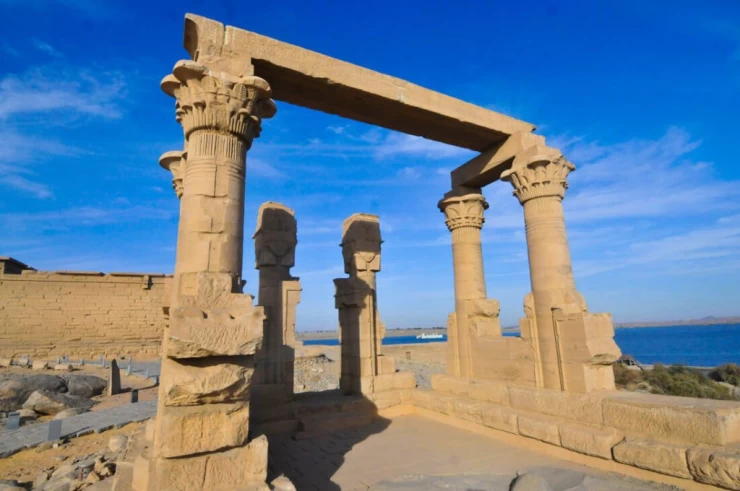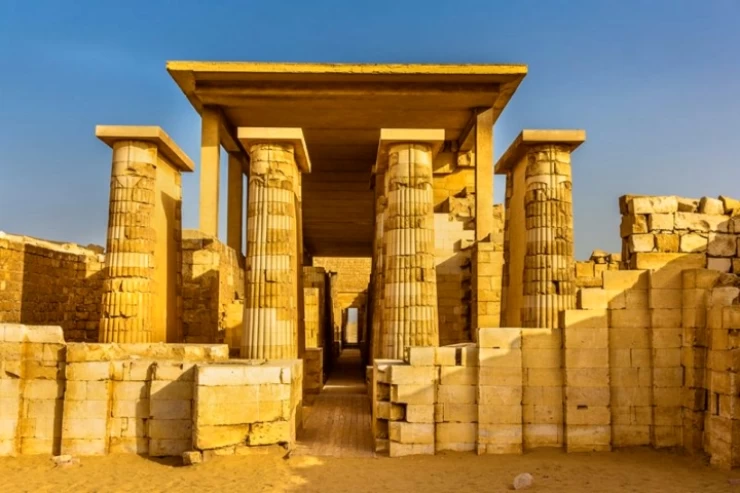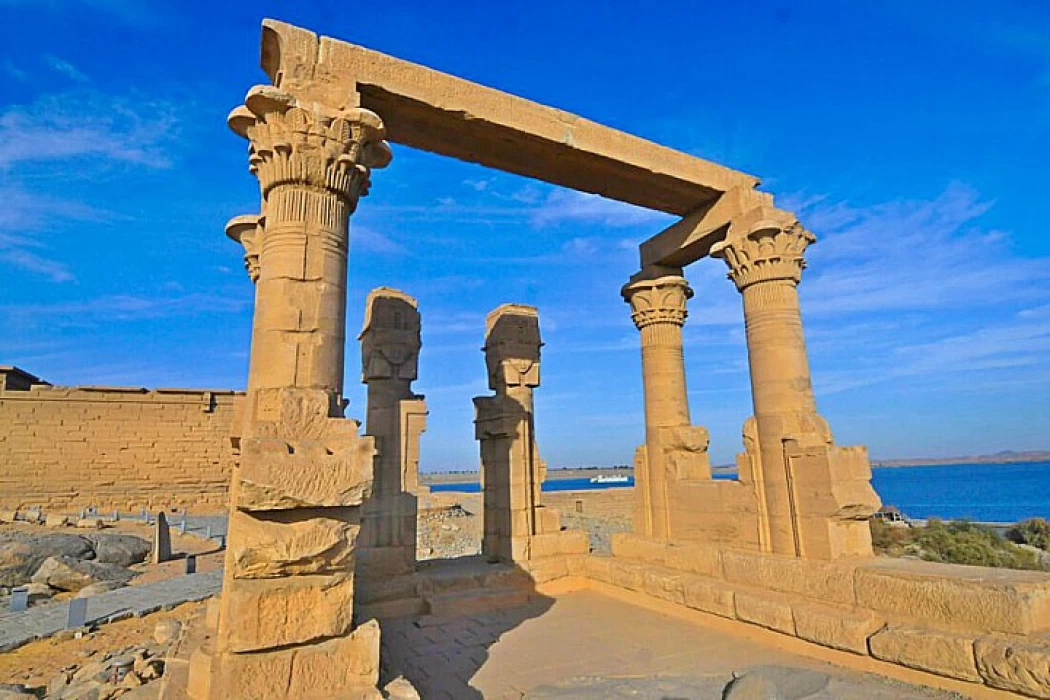
Kalabsha Temple in Aswan | Aswan Attractions
Some manuscripts and studies have shown that the temple is not on its original site but that it is now on the west bank of the Nile after the High Dam, where it was moved to protect it from high water and in anticipation of any floods. Approximately 50 kilometers south of Aswan, at Bab al-Kalabsha, was the original location of the ancient Egyptian temple known as the Temple of Kalabsha.
Despite its Roman origins, the building is decorated with numerous traditional Egyptian-style reliefs, including "an engraving of Horus emerging from the reeds on the inside of the curtain wall" of the temple.
This temple was built during the first "early" Roman period. This temple was built in the first "early" Roman era, sometime around 30 B.C., to worship the "god Mandulis," who was the Nubian sun god then worshiped in the area. The sanctuary of King Amenhotep the Second was demolished to make way for the temple. The temple's design is the most well-liked of that time in Ptolemaic history. There is a staircase on the roof that provides a stunning view of Lake Nasser, and it has a sizable platform that is enclosed and connected to the rest of the complex by a wall. On the boundary between the courtyard and the pillared hall, Aurelius Pisarion, king of Ambos and Aswan, announced in an inscription that pigs had been banned from the city for religious reasons. In the back of the corridor are scenes showing Ptolemaic kings making sacrifices to the goddess Isis and the god Mandala. The king is depicted alongside Amun, Ptah, and other gods of Upper and Lower Egypt in several scenes. Horus is also seen giving him holy purifying water.
Tourists from all over the world travel to Egypt to see this temple, which is now considered one of the greatest examples of Egyptian architecture in Nubia.
If you are thinking of exploring the history of Egypt, Aswan is a very attractive tourist site, as you will be able to contemplate the most fascinating temples, such as the Temple of Kalabsha, considered a very ancient monument.







